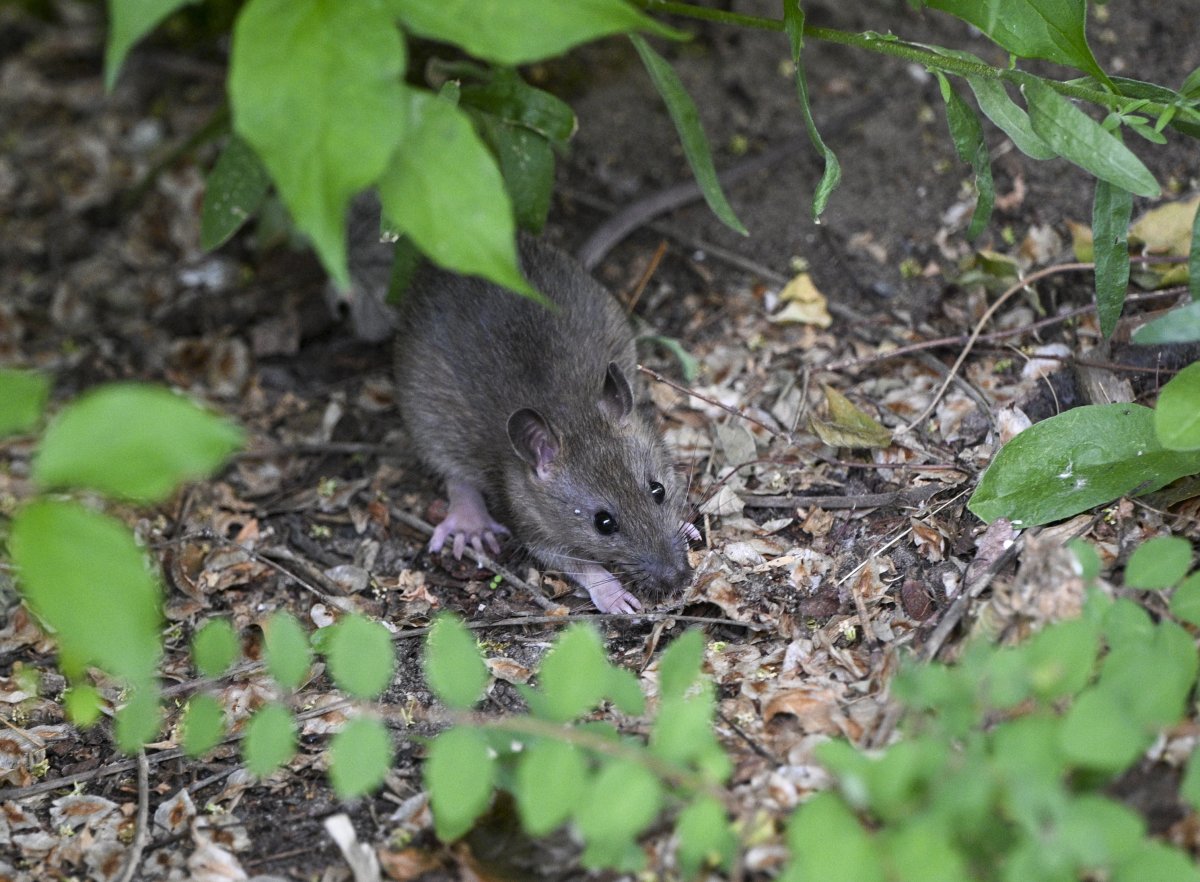The United States Department of Agriculture announced this week a worrying development regarding the H5N1 outbreak. Four black rats were confirmed to have the virus by the USDA in Riverside County in California. The rodents found were near two farms where outbreaks of highly pathogenic influenza (HPAI) had occurred recently. This is the first time that H5N1 has been detected in US rats since the year 2021.
Bird Flu: Why this discovery is important
Black rats are a new source of virus transmission. The rats are found both in rural and urban areas. Their droppings, saliva, urine and blood can all transmit the virus. Their mobility is a concern, since they are able to move from farms to residential areas. This could potentially accelerate the spread of the virus among humans, domesticated animals, including pets, and wildlife.
The Facts about H5N1 and Mammalian Viruses
It is now known that more than 50 species of North American mammal are susceptible to infection with H5N1. In total, over 50 species are now positive. These include skunks as well as domestic cats and bottlenose dolphins. They also included foxes. mountain lions. coyotes. These infections are widespread, highlighting the ability of the virus to adapt and the importance of comprehensive surveillance.
The H5N1 virus outbreak in the United States has been devastating to agriculture. To control the spreading of the virus, approximately 148,000,000 chicken birds have been put down since 2022. The virus also recently spread to the dairy industry with 973 confirmed cases across 17 states. While the human risk remains low, there have been nearly 70 reported cases of this virus, mainly among dairy and chicken workers. In Louisiana, one fatality was recorded.
Multi-pronged approach of the USDA to combating Avian Flu
To combat the H5N1 virus, USDA has developed a comprehensive plan that focuses on prevention, surveillance and containment to protect poultry, livestock and public health. The USDA monitors commercial flocks of poultry, backyard bird populations, wild birds and milk cattle. In order to detect and control outbreaks quickly, the USDA closely collaborates with state animal agencies and private laboratories. USDA proactive measures aim to reduce avian virus in wild and domestic birds.
The USDA implements quarantine and culling measures upon confirmation of H5N1 infections to stop the spread of the virus. The USDA compensates farmers for the financial impact these measures have on them. USDA promotes enhanced biosecurity on farms by limiting visitors to the farm, disinfecting all equipment and regulating bird movements. The USDA, in recognition of the challenges presented by this virus, is actively testing new vaccines against avian flu for poultry. This is despite the U.S. historically being reluctant to use vaccination because of trade concerns.
The USDA also collaborates closely with federal agencies such as the Centers for Disease Control and Prevention and Food and Drug Administration to monitor any virus mutations that may pose a risk to the human health. USDA works closely with partners internationally to ensure stability and avoid disruptions in the food supply chain. The interagency cooperation is crucial to address the complexity of H5N1 epidemics in animals, and the effects they have on humans.

USDA Statements about Staffing and Support
USDA spokesperson The statement addressed the recent changes in staffing, saying: [avian flu] We are working quickly to rectify this situation, and we will rescind these letters.
A spokesperson for the company added: The frontline Food Safety and Inspection Service positions at the USDA are public safety jobs, and we continue to hire to meet our mandate to provide food that is safe and sufficient. The USDA is committed to maintaining its infrastructure and workforce dedicated to the detection and control of the H5N1 ongoing outbreak.
What’s next for the USDA in bird flu management?
USDA officials have indicated they are actively taking measures to re-hire the bird flu researchers who were terminated in recent months due to suggestions from DOGE to reduce costs.
These cuts have not yet been made to the emergency response staff and veterinarians, a sign of their commitment to maintaining robust efforts for bird flu surveillance and control. They are essential for a rapid response to the outbreak and its effective management. It is clear that USDA has a priority to allocate resources efficiently and have enough to prevent the spread of avian flu and to mitigate any future outbreaks.


